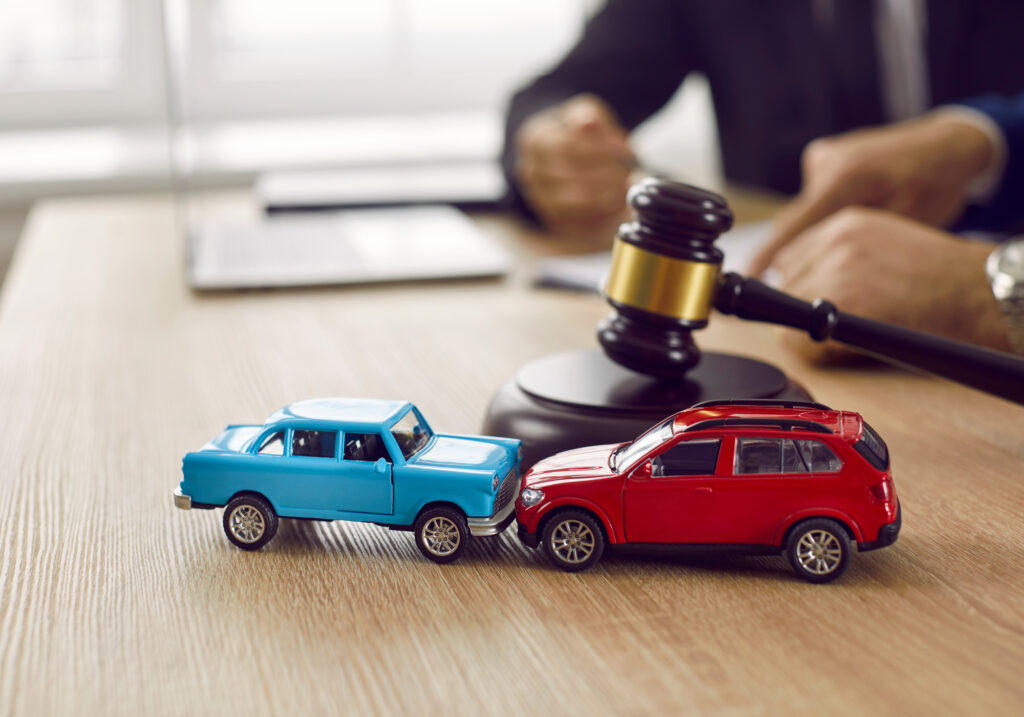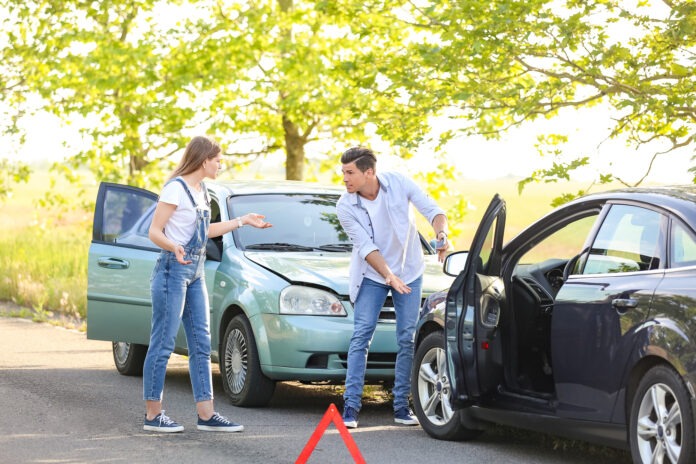Car accidents are one of the leading causes of injury and death in many countries. As such, understanding the legal ramifications that follow an accident is significant for both drivers and victims alike.
Determining who is at fault in a car accident can be a complex process that involves various factors such as road conditions, visibility, and human error. What if the driver of one of the cars reeked of alcohol or had one hand on the phone? What if they were forced to hit the brakes because a child suddenly crossed the street at a red light? Reality isn’t as black and white as most people believe; hence, the evidence must be considered before making a judgment about who is ultimately responsible for the collision.
This is why admitting fault in a car accident is ill-advised. As such, you are not automatically legally accountable for a car accident. Here’s a look at how authorities determine fault.
Does getting into a car accident automatically put you at fault? It’s a common question many people have after experiencing an accident. Hiring a knowledgeable Car Accident Lawyer can provide you with the legal guidance and representation you need to understand your rights and determine liability.
If you’ve been involved in a car accident in Portland, visit a Portland Personal Injury Lawyer to learn more about their experienced team of personal injury lawyers and how they can assist you in navigating your case.
Factors Affecting Liability
Something as simple as a rear-end collision can cause emotions to run high, which can drastically affect reasoning. With countless factors affecting liability, it may be challenging for those involved to manage legal action.
These factors include whether either driver was driving under the influence, what state and local laws are in effect, if any parties involved acted negligently, recklessly, or with intent to cause harm, and how both drivers reacted following the collision. While automobile accidents are complex, reputable car accident lawyers can sort through the fuss and help you make appropriate settlements.
Additionally, according to one guide on car accident liability, getting a third party to assess the scene is prudent. There are two viable sources for such assessments.
- Eyewitnesses can provide firsthand accounts of what transpired before, during, and after the mishap. However, they’re prone to getting their memories wrong.
- Police reports are made from a thorough onsite investigation of the scene. But as police often come after the accident, the information won’t be firsthand.
It is advisable to get both sources for later review by insurance companies, arbitrators, and—in rare cases—a court of law.
State Law And Liability
Determining fault in a car accident is left to state law, which measures one party’s negligence. Naturally, if the investigation concluded that one party is entirely at fault, they or their insurance policy will shoulder the damages incurred during the accident. This is more probable when they’re charged with driving-related crimes like driving under the influence (DUI).
For accidents that involve erring drivers, it depends on the type of negligence state law uses. All states except Alabama, Maryland, North Carolina, Virginia, and the District of Columbia use comparative negligence.
According to the Cornell Law School Legal Information Institute (LII), comparative negligence allows both parties to receive compensation regardless of how much they’re at fault for the car accident. For example, one person shown to have been 90% at fault can be entitled to 10% of damages, as the other is proven to be 10% at fault.
But most states, including South Carolina, use comparative negligence differently. State law mandates that a person proven to be 51% negligent or less for the accident can receive damages (but still proportional to the percentage). Otherwise, they won’t get a single cent.

Establishing Prima Facie
These numbers may appear subjective but are grounded in tort law. To put it in another way, the percentage of fault measures how much of each of the four elements of negligence the defendant has fulfilled. These elements are necessary for establishing what lawyers and legal experts call a “prima facie” case, which is enough to establish a fact upon first impression unless rebutted.
Prima facie is necessary for a car accident case to go to trial, which is only viable when medical bills and loss of income are involved. The elements are as follows:
- Legal Duty Of Care
This element is already established, as drivers have a duty to ensure the welfare of other road users—namely drivers and pedestrians—by following traffic rules. An accident implies that one or both parties failed to fulfill this duty to an extent.
- Breach Of Duty
Most courts use the learned hand formula to gauge a defendant’s breach of duty. Negligence is fully established when the probability and resulting damage exceed the burden of taking precautions. Otherwise, some negligence is only established.
- Direct Correlation
Direct correlation refers to the connection between the plaintiff’s allegations and the evidence presented in support of those allegations. In other words, it relates to the relationship between the facts alleged by the plaintiff and the evidence available to support them.
- Presence Of Injury
Courts typically require proof of physical injury or property damage to fulfill this element. In some instances, emotional distress or harm can also be considered injury, even if the plaintiff has no visible injuries. On the other hand, economic loss isn’t eligible for such.
Amid the prevalent notion of blaming the one who hit the other for the accident, determining fault in a car accident isn’t as automatic as many believe. Regardless of gravity, a car accident should entail meticulous fact-finding to paint a clearer picture for everyone. There’s no need to be worried about the damages, at least until the investigation is complete.


